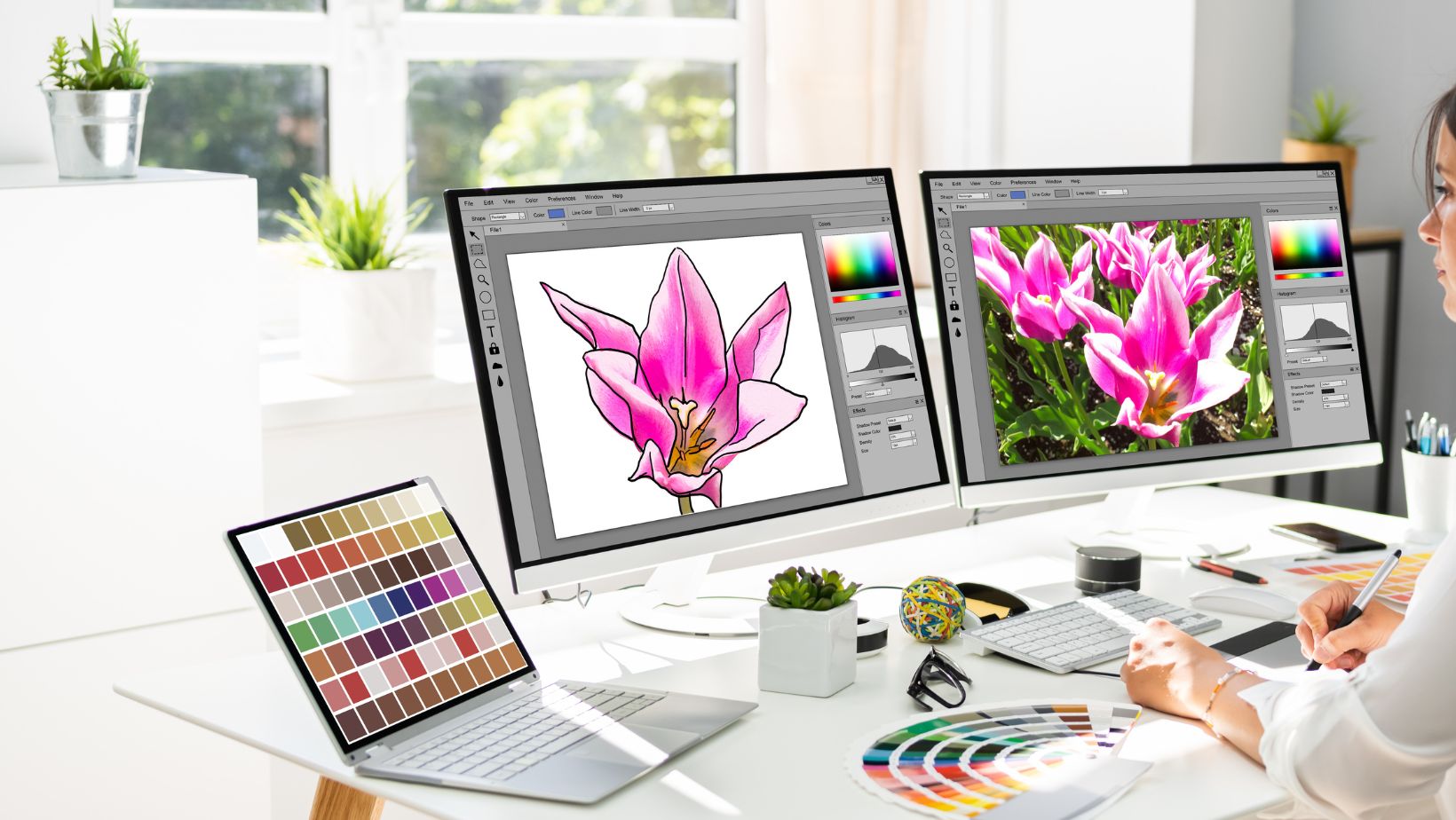Table of Contents
ToggleHow to Flip Something in Illustrator
When it comes to flipping objects in Illustrator, the first step is choosing the right object. This decision will determine how your flipped design will look and function. Let me walk you through some key factors to consider when selecting an object for flipping.
- Object Type: Determine whether you want to flip a shape, text, or an image. Different types of objects may require different techniques or considerations during the flipping process.
- Object Complexity: Keep in mind that complex objects with intricate details or multiple layers might not yield the desired outcome when flipped. Simpler objects tend to work best for straightforward flips.
- Symmetry: Objects with inherent symmetry are ideal candidates for flipping because they can create visually pleasing mirrored effects effortlessly. Look for elements within your design that have symmetrical qualities.
- Text Orientation: If you’re working with text, take into account its orientation before flipping it. For example, flipping horizontal text vertically could result in reversed lettering that may not be readable or aesthetically pleasing.
- Grouped Objects: It’s important to consider if your object is part of a group or compound path before attempting to flip it. Sometimes, ungrouping or releasing compound paths may be necessary to achieve the desired flip effect.
Remember that experimenting and previewing your changes as you go along are crucial steps in determining which object will deliver the best results when flipped in Illustrator.
By carefully considering these factors and selecting an appropriate object, you’ll set yourself up for success as you delve into the process of flipping something in Illustrator Preparing Your Artboard
Rotating the Object
When it comes to flipping objects in Illustrator, one essential technique is rotating. This allows you to change the orientation of your artwork and give it a different perspective. To rotate an object, follow these simple steps:
- Select the object you want to rotate by clicking on it with the Selection Tool (V).
- Locate the Rotate tool in the Tools panel or press “R” as a shortcut.
- Click on the desired pivot point around which you want to rotate your object.
- Drag clockwise or counterclockwise to adjust the rotation angle.
- Release when you achieve the desired rotation.
Remember, rotating an object doesn’t necessarily flip it horizontally or vertically; instead, it alters its angle of orientation.
Flipping Horizontally
Flipping an object horizontally can be handy when you need a mirror image of your original design or want to create symmetrical compositions. Here’s how you can accomplish this in Illustrator:
- Select the object(s) you wish to flip using the Selection Tool (V).
- Go to Object > Transform > Reflect or use the shortcut “O + X.”
- In the Reflect dialog box that appears, choose “Horizontal” for Axis and click “Copy” if you want to create a duplicate while flipping.
- If you prefer flipping without duplicating, select “Vertical” instead of “Horizontal.”
By flipping an object horizontally, you can easily create reflections, change directions of elements within your artwork, or experiment with different visual effects.
Flipping Vertically
Flipping an object vertically provides another dimension of creative possibilities in Illustrator. Whether you want to invert an image or create variations in composition, here’s how you can achieve vertical flipping:
- Select the desired object(s) using the Selection Tool (V).
- Navigate to Object > Transform > Reflect or use shortcut “O + X”.
- In the Reflect dialog box, choose “Vertical” for Axis and click “Copy” to create a duplicate while flipping.
- If you want to flip without duplicating, select “Horizontal” instead of “Vertical.”
By flipping an object vertically, you can create unique designs, experiment with compositional balance, or even simulate perspective changes within your artwork.
Remember to save your progress frequently as you experiment with these techniques in Illustrator. The ability to rotate and flip objects opens up a world of creative possibilities and allows you to achieve the desired visual impact in your designs easily.
Applying the Flip Tool to Objects
Now that we know how to use and understand the different options of the Flip Tool let’s explore some practical applications:
- Text Manipulation: Use the Flip Tool creatively by flipping text horizontally or vertically for eye-catching typographic designs.
- Symmetry Exploration: Experiment with symmetrical designs by flipping one half of an object to create a balanced and harmonious composition.
- Transformation Effects: Combine the Flip Tool with other transformation tools in Illustrator, such as Rotate or Scale, to achieve complex transformations and interesting visual effects.
Remember, the Flip Tool is just one of many powerful features that Adobe Illustrator offers. By mastering this tool, you can add depth and creativity to your designs, opening up a world







